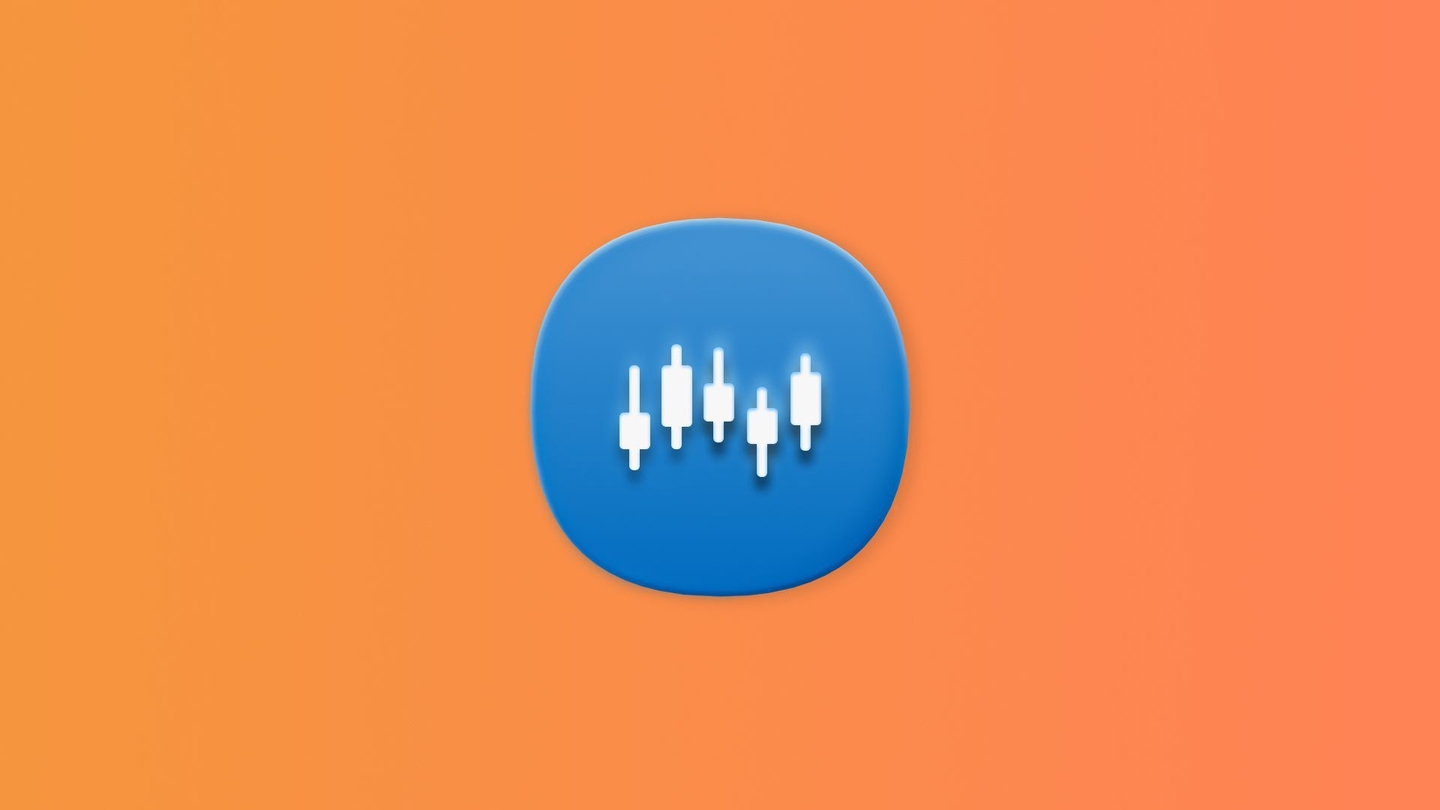What Is On-Balance Volume (OBV) Indicator?
Technical analysis supporters make use of its numerous indicators to improve the efficiency of their trading strategies. The on-balance volume (OBV) is one of them. In our article, you’ll find out the main features of the OBV indicator, ways to calculate and implement it, common limitations, and much more.
What Is On-Balance Volume Indicator?
On-balance volume or OBV is a momentum indicator that uses the trading volume to forecast upcoming price moves. This technical tool was created by Joseph Granville in the 1960s. Although OBV was first described in the context of the stock market, nowadays it is widely used in trading a big variety of assets, such as commodities, forex, etc.
The main idea behind the OBV indicator formed by its creator suggests that the volume and the price of the asset are strongly correlated. Thus, if the volume increases or decreases significantly without any major changes in the price, there is a possibility of a sudden movement in the asset value either in the upward or downward direction.

How to Read On-Balance Volume
On-balance volume indicator is based on the idea that volume amount precedes movements in the asset price. When using this instrument it’s important to understand that it has a cumulative nature, meaning that its current values are connected to the past ones. Therefore, traders need to keep track not of the actual value of the OBV but the trend and the movement of this indicator.
What’s more, OBV may have both positive and negative values. If the current close of the price stays higher than the previous one, such period is known to be positive. Conversely, if the close of the price bar is lower than the previous one, this period will have a negative value.
Calculation of On-Balance Volume
In calculating the OBV indicator there are three possible scenarios, thus three formulas representing them.
- The close of the price bar is higher than the close of the previous price bar.
Currecnt OBV= Previous OBV + Current Volume

- The close of the price bar is lower than the close of the previous bar.
Current OBV= Previous OBV - Current Volume

- The price bar stays at the very same point as the previous price bar.
Current OBV= Previous OBV
What Does On-Balance Volume Tell You?
As it was mentioned before the absolute value of the OBV is not relevant, it’s necessary to pay attention to the overall trend of the price and the indicator. Here is what you can figure out by analyzing them:
- When both the on-balance volume and the closing price bars are making higher highs, there is a possibility that an uptrend will continue.
- When both the OBV and the close of the price bars are showing lower lows, there is a high possibility that the downtrend is there to stay.
- If the asset price continues showing higher highs but the OBV doesn’t follow the same direction, it may indicate the upcoming fall in the bullish momentum.
- If the asset price continues showing lower lowes, but OBV doesn’t respond in the same way, the bearish trend is likely to finish.
- In case the price fluctuates within support and resistance levels, but on-balance volume starts to grow, this may be the sign of the upcoming upward price breakout.
- In case the price stays within the support and resistance lines, but the OBV indicator is declining, this may be a sign of the upcoming downward price breakout.
Using the On-Balance Volume Indicator in Trading
The OBV is an efficient momentum indicator that can be implemented by investors in several ways.
To foresee potential price breakouts and breakdowns. OBV can be used to predict potential price movements in either an upward or downward direction. When the market stays within the trading range (support and resistance lines), it’s crucial to pay attention to growing or falling OBV that may be a signal of a sudden price move.
To confirm the price trend. It’s possible to ensure that the market has an uptrend or a downtrend if the OBV line has the same upward or downward direction.

- To identify potential bullish or bearish divergences. Traders may expect the uptrend when the asset price shows lower lows but the OBV indicator starts to grow. This is called bullish or positive divergence. Conversely, when the asset price continues growing while the OBV starts to decline, there is a possibility of a downtrend. This situation is called bearish or negative divergence.
According to Joseph Granville’s theory, any changes in the volume amount often influence the security price. Thus, being a volume-based indicator, OBV, if interpreted correctly, can be a seamless tool in hands of investors, helping them be more proactive in their trading decisions and become potentially more efficient and profitable in their strategies.
OBV vs. Accumulation/Distribution
OBV and Accumulation/Distribution are both cumulative indicators, that use volume and price to predict potential movements in the market. However, they are not the same. On-balance volume indicator takes into account only the closing price bar value: if it’s higher than the previous one, the current volume is added to the previous OBV, if it’s lower - the volume is subtracted from the previous OBV. This doesn’t work for the Accumulation/Distribution which considers what happens on an intraday basis. Thus, using different data for calculations, these technical indicators may show different results.
Combine With Other Indicators
To increase the efficiency of your trading strategy it’s possible to use the on-balance value together with other technical indicators. One of the popular combinations consists of OBV and Moving Average (MA). Adding a MA to the price chart helps investors to define the crossover points, which in turn, help to identify the main market trend. What’s more, in case the OBV indicator is over the MA line, it’s recommended to opt for buying positions. Conversely, if the OBV is under the MA, it’s reasonable to open selling positions.

Limitations Of OBV
- Like any other trading tool, OBV has a set number of features and may face some particular limitations. Here are the most important of them to keep in mind.
- Unnatural highs in the volume, that could be caused by some financial or industrial news, company announcements, etc., may result in abnormal OBV spikes that will have no value in predicting future price moves.
- Used alone, the OBV indicator may not be efficient enough in the short-term timeframe. That’s because on the smaller distance asset price tends to have higher volatility which leads to much noise and potential false signals produced by the indicator. To avoid such issues it’s advised to use OBV in combination with other technical tools, especially lagging ones (for example, moving averages).
Summary
On-balance volume is a momentum volume-based indicator widely implemented by many traders in various markets. It’s a leading technical tool that allows investors to foresee potential asset price movements, confirm the market trend, identify and trade on divergencies. However, like any other indicator, OBV is prone to some pitfalls. It may send some misleading signals and lack efficiency in a smaller timeframe. Therefore, once decided to use on-balance value in your trading strategy, it’s recommended to combine it with other technical tools so that you could get a more accurate picture of the market and make more efficient trading decisions.


